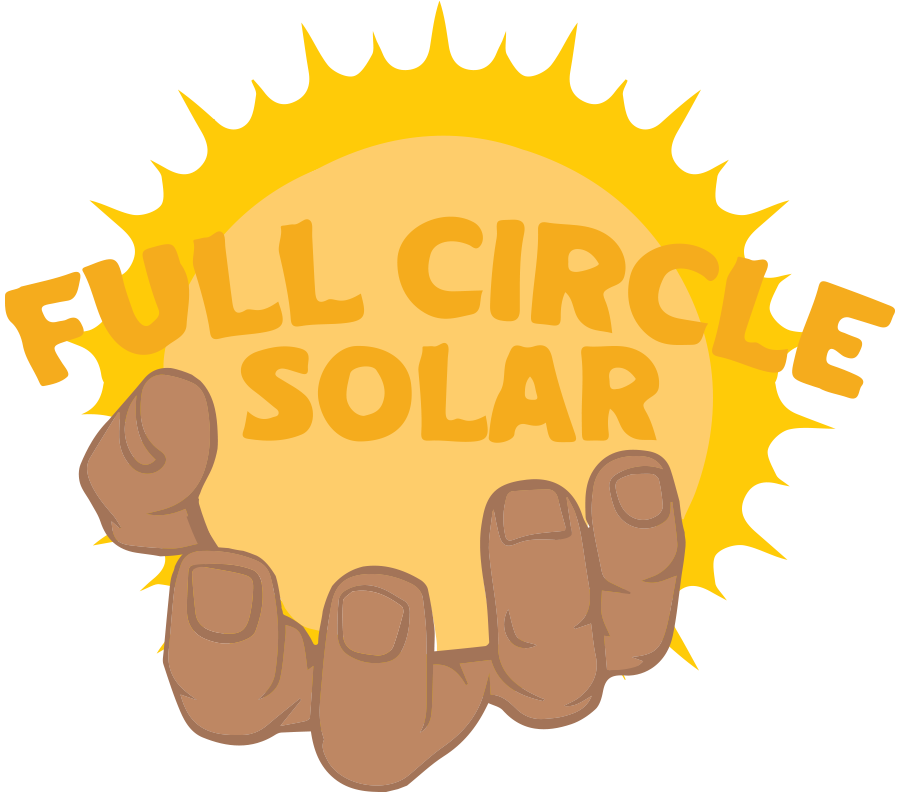FREQUENTLY ASKED QUESTIONS
-
There are many technical words that may come up in solar conversations. We’ve compiled these for your reference on our Solar Vocabulary page.
-
There are many steps involved with an installation project, such as surveying, proposal, and city inspections. Please review the 7-Step Solar Process to understand these steps and learn about our estimate time frames.
-
When you install solar on your roof, what you’re doing is replacing your usual utility bill with an alternate cheaper and environmentally conscious one.
Depending on your site conditions and your energy demand, your solar would be designed to offset all or a portion of your utility bill.
-
The technician may need to de-energize your main service panel to either rearrange electrical components or as a safe work practice. The duration of this period depends on the job conditions and electrical specifications which can range from 15 minutes to 6 hours.
The technician is obligated to inform the occupants prior to de-energizing the system and provide an approximate task duration. If you cannot meet this condition, you must inform Full Circle Solar to make special accommodations.
-
Many roofs are good candidates.
It is important to get your solar oriented to the southernmost roof and away from shade and obstructions. Doing this means you can take better advantage of your investments.
Our designer will work closely with you to ensure optimal system performance, as well as address any concerns you may have. Sometimes, areas with maximum production may not be the most aesthetically pleasing.
-
It is not required to upgrade your roof, but taking your roof condition and age into consideration may help mitigate problems in the future. For example, if your roof happens to expire before your solar panels, you may have to remove them in order to redo your roof. Having to do this means you would have to remove and reinstall your system as well as having to go through the permitting and inspection process again.
Note: Typical roof shingles last 20-30 years and typical roof tiles last around 50 years. A solar panel lasts anywhere between 15-20 years.
-
For smaller systems, a 100A panel will suffice. However, a bigger system may require a bigger electrical panel.
Though you may not require a new panel it may be necessary to upgrade your home grounding. New building codes now require two ground rods, as well as grounding, to the main cold water and gas. Though you may not require a new panel, you may require upgrade the grounding on your existing panel.
-
Having an unpermitted building structure can become a headache for the homeowner. Upon inspection of the solar, the building inspector may point it out and refuse to release the solar until the unpermitted structure is up to code. If this happens, the homeowner and Full Circle Solar will need to make a special arrangement to get it up to code.
-
Here is a comprehensive list of some of the most commonly used Components used by Full Circle Solar.
